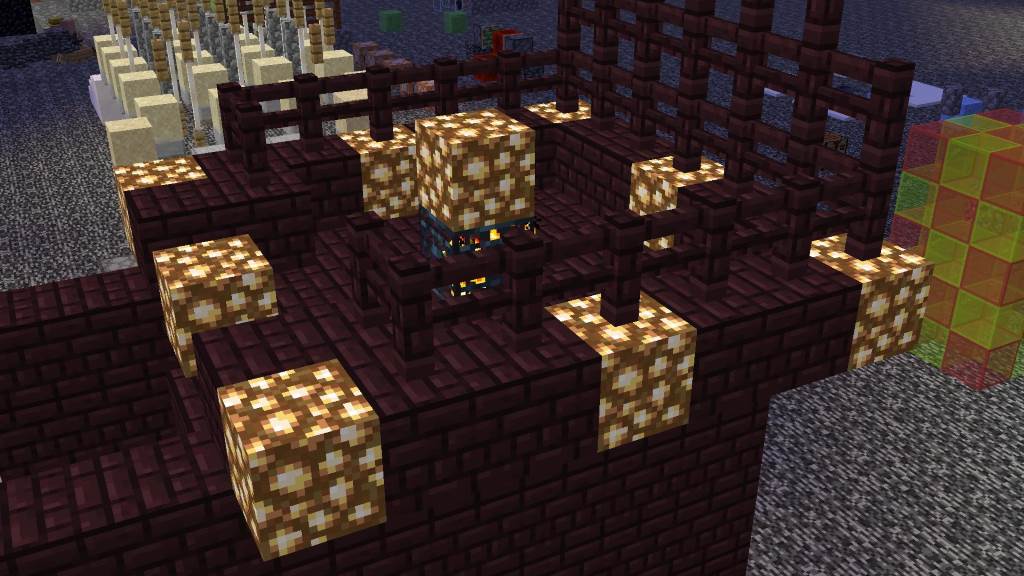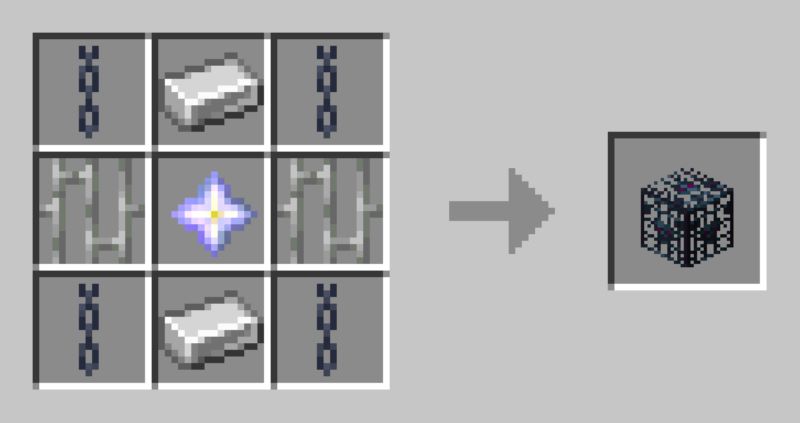Mob spawners are mysterious, block-like structures found throughout the world of Minecraft. These seemingly simple blocks hold incredible potential for resourceful players. Unlike regular mob spawns based on light levels and your biome, mob spawners consistently generate specific hostile mobs, making them valuable targets if you know how to handle them.
If you’re lucky (or perhaps unlucky) enough to stumble upon one of these powerful blocks, it’s essential to understand your options. Let’s dive into the best strategies and uses for mob spawners, empowering you to conquer the dangers they bring and reap the rewards within.
Initial Assessment: Know Your Enemy
Before taking action, the first step is to identify the spawner type:
- Zombies: Common, easily manageable, and a good starting point for beginners
- Skeletons: Slightly more challenging due to ranged attacks.
- Spiders: Can traverse walls, requiring additional defenses.
- Cave Spiders: Small, fast, and inflict poison –– a considerable threat.
- Blazes (Nether Only): Extremely dangerous, firing projectiles and spawning in fiery fortresses.
Knowing the mob type will help you plan your next steps and ensure you gather the right resources.
Strategic Choices: Turning Danger into Opportunity
You have a few main options when encountering a mob spawner:
1. Disabling the Spawner
If safety is your priority, the most straightforward approach is to disable the spawner. How do you stop it from churning out mobs? Light! Placing torches directly on the spawner and liberally in the surrounding area will prevent mobs from spawning. A minimum light level of 7 is needed, so a generous spread of torches is usually the easiest way to go. While mobs will no longer appear, the spawner itself remains intact.
2. Building an XP Farm
Looking for resources and experience? Mob spawners are a fantastic way to create an automated XP farm! This involves some more advanced building techniques, but the rewards are undeniable. Here’s the basic concept:
- Mob Containment: Create a secure area around the spawner to trap the mobs.
- Funneling System: Build a system (often using water or trapdoors) to push mobs towards a central kill zone.
- Collection Point: Designate a safe spot for you to collect experience orbs and any loot the mobs drop.
3. Material Harvesting
Certain spawner types can be valuable resource generators:
- Skeleton Spawners: Collect their arrows and bones for crafting.
- Blaze Spawners: Gathering blaze rods is essential for brewing and progressing in the game.
Remember, building mob farms requires understanding their spawning mechanics, planning, and careful execution to reap the full benefits.
Additional Considerations
- Exploration: Mob spawners are frequently found in dungeons, mineshafts, and other exciting structures. Be ready for loot and additional challenges as you explore the surrounding area.
- Silk Touch: If you plan to move a spawner, you’ll need a pickaxe enchanted with Silk Touch. Attempting to mine the spawner normally will destroy it.
- Spawn Eggs: You can change the type of mob generated by using a spawn egg on the spawner block. This opens up additional possibilities!
Important Note: Mob spawners are a source of constant danger due to their ability to spawn enemies relentlessly. It’s always best to approach them with caution and a strategy.
Transforming a Challenge into Your Advantage
Mob spawners might seem intimidating at first, but with some Minecraft know-how, they become incredibly useful resources. Whether you disable them for peace of mind, create an efficient XP farm, or utilize them as a resource generator, they add a thrilling level of strategy to your Minecraft adventure.
Let me know if you have specific mob spawner questions or want instructions on building a particular type of mob farm. I’m happy to provide more in-depth guides!




